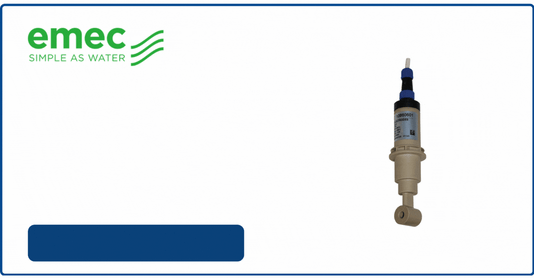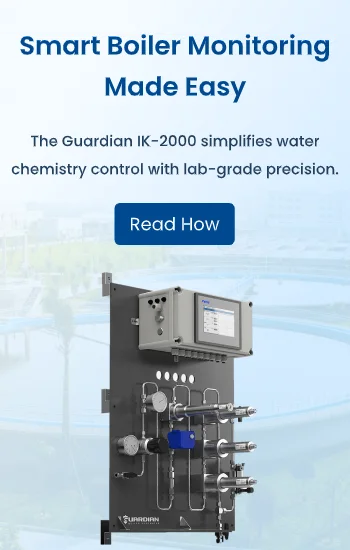What is Conductivity?
Conductivity can be defined as the effectiveness of electricity conducted in water. It is basically the inverse of resistance. So the lower the resistance, the higher the conductivity. The 2 types of conductivity measurement used in industry are:
- Contact/Electrode Conductivity Measurement
- Toroidal (or Inductive) Conductivity Measurement
These two have completely different constructions and methods of measurement. They also are suited to different conductivity measurement applications as well as the range of conductivity in which you are measuring.
How do you measure this?
The most common method of conductivity measurement involves the insertion of 2 electrodes in the water, applying an AC voltage, thereby allowing an AC current to pass between the two stainless steel, platinum or carbon/graphite electrodes. Due to the relationship between voltage, current and resistance, the resistance, and hence conductivity can be determined. These measurements are ideal for low to medium conductivity water but can be prone to false readings if the electrodes are subject to coating or fouling. This usually results in a false lower than actual reading. It is best not to use these in water with high levels of suspended solids, oils or grease, or where the water is corrosive.
How can I avoid this issue?
Toroidal / Inductive conductivity sensors are better suited to water that is fouled, dirty, greasy or contaminated, or if the water is corrosive, but do cost more. They are also much better suited to water with higher conductivity.
Inductive sensors utilize a transmission coil and a receiving coil to effectively measure conductivity. The term toroidal conductivity or inductive conductivity can be interchanged, as they are the same type of conductivity measurement. An inductive conductivity sensor incorporates 2 physical coils embedded in a hermetically sealed plastic housing. This renders them impervious to most fouling, contaminated and corrosive water, and can be used in water with high levels of suspended solids.
The 2 coils are actually toroids (toroidal sensors). When connected to a conductivity controller suited for these types of sensors, an AC voltage is applied to the transmission (or drive) coil. This creates a voltage in the water that surrounds this coil which results in ionic current flow in the water proportional to conductivity, thereby inducing a current in the receiving coil. The higher the conductivity, the higher the current induced into the receiving coil.
Differences between products:
Inductive sensors are suitable for applications such as:
- Controlling activated sludge processes
- Determining the chemical concentration in water
- Protecting boilers and cooling towers from scale and fouling
- Monitoring industrial effluent
- Environmental monitoring
The traditional electrode style conductivity sensors are more suited to:
- Potable water
- Reverse Osmosis processes
- Cooling Towers
- Rainwater
- Recycled water
Inductive type Pros:
- Reliable
- Resistant to fouling
- Ideal for high conductivity or corrosive water
- Ideal for submersible applications with a submersible holder
- Robust
- Long life
Inductive type Cons:
- Higher cost
- Unreliable for low conductivity water
With all this in mind, we hope you found this blog helpful and informative. If you have any questions or would like more information, contact us today!
Technical Director at Convergent Water Control, brings nearly 30 years of experience in the electronics industry spanning product design, prototyping, production, and technical support. With deep expertise in industrial automation, instrumentation, and chemical dosing systems, he excels in product management, business planning, and technical operations. Larry’s strong engineering background and leadership ensure the development of compliant, high-quality products and the delivery of exceptional technical support across every stage of a product’s lifecycle.


.gif?width=1920&name=Conductivity%20Controller%20Everything%20you%20need%20to%20know%20(2).gif)


